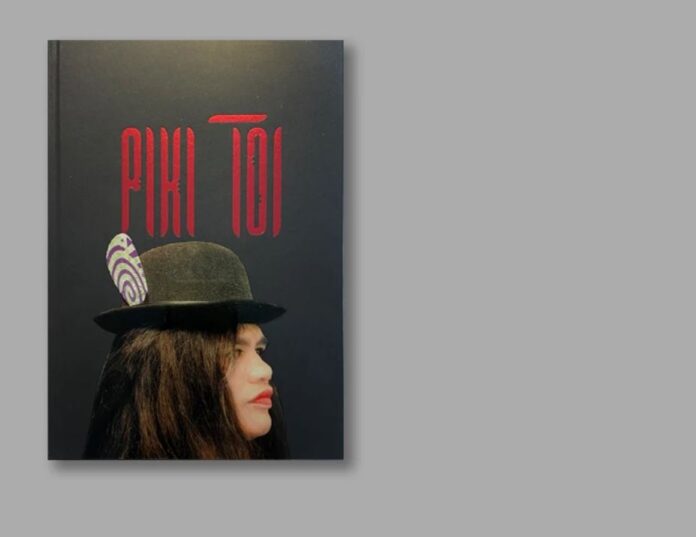Source: Auckland Council
A book telling the story of the Pikitoi project has been published with funding support from Waitematā Local Board.
The Pikitoi project’s journey began in 2017 as a response to social problems identified during research by Lifewise for Auckland Council, which looked at begging, or ‘hustling’ as it’s known on the street, in the city centre.
Originally led by Lifewise and Unitec, the project worked to engage with marginalised people in the city centre through the arts, community building, and entrepreneurship.
Still running today, the project has been successfully building capability within the city centre’s homeless community over the last several years.
Pikitoi, written by Unitec’s Paul Woodruffe and William Bardebes, traces the project’s journey from its early beginnings, through its development and refinement, to where it’s at today.
The project’s original concept hoped to allow people who hustled an alternative way to generate income. Artists with lived experience of homelessness developed designs for Piki, a traditional ornament used to adorn a hat or button. The idea was that people would become vendors, selling the Piki to generate income.
However, the project team were forced to adapt as challenges presented themselves including poor sales of Piki and the difficulty of finding vendors.
Lifewise and Unitec recognised that closer collaboration with homeless communities was needed to make the project a success. Their next step was working with the City Mission to run a series of public workshops where people were asked to share their ideas on a way forward.
Here the project team connected with Awhina Mai Tatao Katoa, an urban Māori collective working with people who have experienced incarceration, homelessness, or are homeless within the city centre.
Through this collaborative process, Pikitoi became an umbrella brand where artists with experience of homelessness and incarceration could operate.
The partnership with Awhina Mai Tatao Katoa proved vital for the project as most artists involved identified as Māori.
A series of pop-up exhibitions were held at venues including the Ellen Melville Centre and Merge Cafe and a well-received window display of carved work, photography and painting was set up in the old Leo O’Malley menswear shop on Karangahape Road while the building was being repurposed.
This success led to other opportunities including Pikitoi members collaborating with artist Ross Liew on temporary artworks across the Karangahape Road overbridge during 2019 and 2020.
Pikitoi co-author Paul Woodruffe said the project’s new direction gave marginalised people a way to contribute to the mainstream, public-facing cultural life of the city and that documenting the project was another step towards achieving this.
“As part of this journey, we wanted to design and publish a high-quality book that would showcase the artist’s works and connect the artworks to their stories in a meaningful way to not only restore their mana but promote their capabilities.
“Pikitoi also works to give the wider community a greater degree of empathy towards people they see living rough on the streets, showcasing the potential marginalised people have, and providing greater understanding of the richness and diversity of Auckland’s cultural life.”
Waitematā Local Board Chair Richard Northey said the board were pleased with the opportunity to support the book with funding from its grants programme.
“The Pikitoi project aligns with our board’s aspirations to respond effectively to homelessness issues, create connected communities across Waitematā and to empower Māori, ensuring their identity and culture are visible in the local board area.
“We look forward to the ongoing development of the project, and to its future ideas and initiatives.”
The next steps in the project involve using technology to help marginalised artists build capability, including development of the Piki App.
Find out more about the book here.



